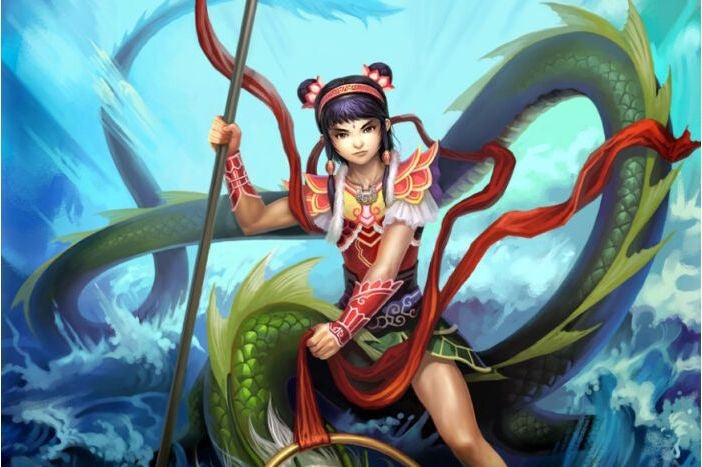Nezha as a Divine Rebel: A Mythological Comparison
Across cultures, mythology celebrates figures who defy divine authority, challenge norms, and blur the line between hero and troublemaker. In Chinese folklore, Nezha stands as a celestial rebel—fierce, impetuous, and unyielding. But how does he compare to Western tricksters like Loki or Hermes? This article explores their shared defiance, contrasting motivations, and the cultural significance behind their acts of rebellion.
Defiance and Chaos: Shared Traits Across Myths
Nezha, Loki, and Hermes embody disruptive energy, but their rebellions unfold differently. Nezha’s infamous clash with the Dragon King—defying celestial order to protect mortals—mirrors Loki’s schemes in Norse myths, where his chaos often stems from personal grievances. Both figures are catalysts for change, though Loki’s mischief leans toward destruction, while Nezha’s defiance often serves justice.
- Nezha: Rebellious yet heroic; his violence stems from youthful arrogance but evolves into protective rage.
- Loki: A shapeshifting provocateur whose deceit destabilizes gods and giants alike.
- Hermes: A lighter trickster, using wit to navigate divine politics rather than overturn them.
Where Nezha’s rebellion is framed as corrective—punishing corruption—Loki’s chaos often lacks redemptive purpose, culminating in apocalyptic betrayal. Hermes, meanwhile, bridges realms as a messenger, his tricks rarely escalating into true rebellion.
Cultural Context: Rebellion as Redemption or Ruin
The moral weight of rebellion differs sharply. Nezha, though flawed, is ultimately revered as a guardian deity. His defiance is tempered by filial piety, culminating in self-sacrifice to spare his family—a stark contrast to Loki’s familial betrayals. Chinese narratives often frame rebellion as a means to restore harmony, whereas Norse and Greek myths tolerate tricksters as inevitable forces of disorder.
This cultural lens shapes their legacies: Nezha’s story emphasizes redemption, while Loki’s ends in Ragnarök. Hermes, meanwhile, remains an ambiguous ally, respected but never fully tamed. Through these figures, myths explore whether defiance destroys or reforms the world—and who gets to claim the title of hero.
Conclusion: The Dual Edge of Divine Rebellion
Nezha, Loki, and Hermes embody rebellion’s duality—chaos as both creative and destructive. Nezha’s arc reflects Confucian ideals of balance, where rebellion serves justice. Loki’s nihilism, however, rejects order entirely. Hermes dances between extremes, a reminder that trickery can be benign. Together, they reveal how cultures mythologize defiance: as a path to ruin, renewal, or simply the unpredictable space in between.


